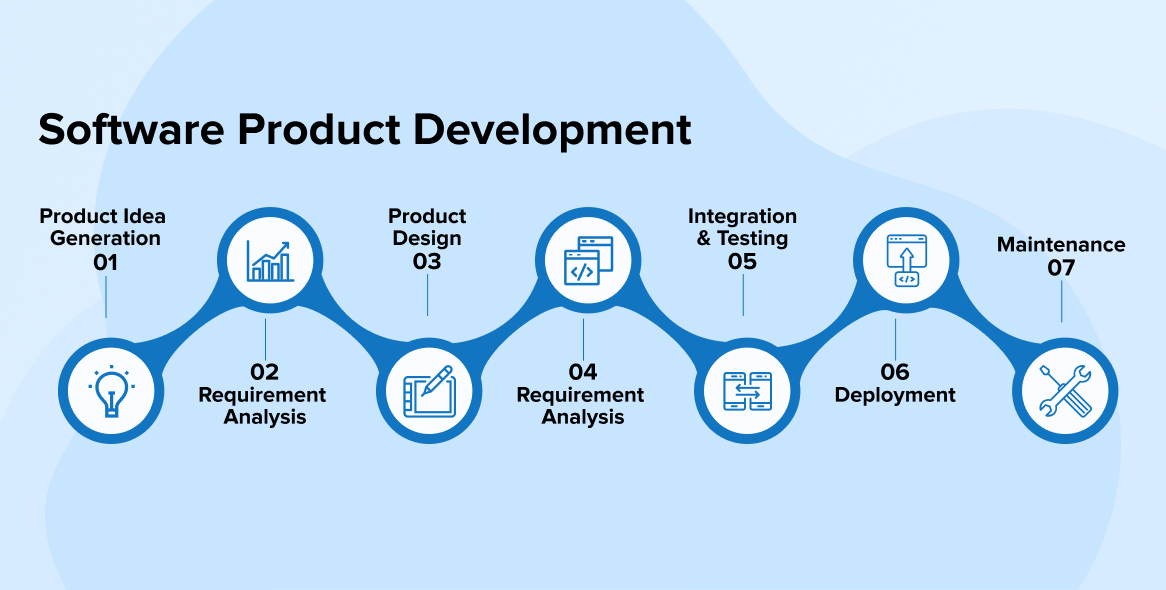Table of Contents
ToggleWhat is Automotive Marketing?
Automotive marketing refers to the strategies and tactics that manufacturers, dealerships, and other automotive companies use to promote vehicles and related services to consumers. It encompasses a wide range of activities, including advertising, social media campaigns, content marketing, public relations, events, and dealer promotions.
Effective automotive marketing aims to:
- Attract potential buyers by creating engaging ads and content.
- Educate consumers about the features and benefits of vehicles.
- Build brand awareness and loyalty among current and future customers.
- Drive sales both online and in physical dealerships.
With more consumers turning to digital channels for information, automotive marketing has evolved significantly in recent years. Traditional methods such as TV and print ads still play a role, but today’s https://www.truth in24.com/ also relies heavily on digital marketing, social media, and influencer partnerships.
Key Strategies in Automotive Marketing
Automotive marketing involves a mix of tactics that target different stages of the customer journey, from awareness to purchase. Let’s look at some of the key strategies used by car manufacturers and dealerships.
1. Content Marketing and Storytelling
One of the most powerful tools in automotive marketing is content marketing. Automotive brands create valuable content that educates, informs, and entertains potential customers. This can include blog posts, videos, and social media posts that highlight the benefits of specific car models, advanced technologies, or industry trends.
Storytelling plays a vital role in this strategy. Instead of simply listing features, successful automotive brands tell emotional stories that resonate with their audience. For example, a brand might showcase a family enjoying a road trip in their new SUV or emphasize the environmental benefits of owning an electric car. These stories help potential buyers connect emotionally with the brand and vehicle.
2. Influencer Marketing
In today’s world, consumers trust recommendations from real people more than traditional ads. Influencer marketing leverages social media personalities, bloggers, or YouTubers who have large followings in the automotive or lifestyle space. These influencers are paid or offered vehicles to review and promote to their audience.
Influencers provide authentic content such as car reviews, test drives, or behind-the-scenes looks at a vehicle’s design and performance. Their endorsement can have a huge impact on brand visibility and customer trust, especially among younger audiences who may not respond as strongly to traditional advertising.
3. Search Engine Optimization (SEO)
With more buyers conducting research online, SEO is an essential part of automotive marketing. Optimizing a brand’s website and content for search engines ensures that they rank highly when consumers search for car-related information. For example, if someone types “best electric cars 2025” into a search engine, an automaker’s website should appear at the top of the results.
SEO techniques such as using relevant keywords, creating informative blog posts, and optimizing images can drive traffic to a manufacturer’s website and boost visibility. Local SEO is also vital for dealerships, helping them appear in local search results when customers search for nearby vehicle options.
4. Social Media Advertising
Social media platforms like Facebook, Instagram, Twitter, and TikTok have become essential in reaching potential customers and building brand awareness. Car brands and dealerships use targeted ads, sponsored posts, and organic content to engage users, showcase new models, and encourage test drives or visits to the dealership.
Automakers also use social media to highlight special offers, run contests, and share user-generated content. By interacting with followers, answering questions, and responding to comments, automotive brands can build a loyal community and foster direct connections with potential buyers.
5. Video Marketing
Video marketing is an increasingly popular and effective method in the automotive industry. Videos provide a visual, engaging way to showcase the features and capabilities of a vehicle, and they are easily shareable across social media and digital platforms.
- Vehicle walkarounds and reviews: Manufacturers and dealerships can create detailed videos showing off the design, features, and performance of their vehicles.
- Test drives and demonstrations: These videos let potential buyers see the car in action and learn about the driving experience, interior features, and technology.
- Behind-the-scenes content: Showing the process of designing and building vehicles can make customers feel more connected to the brand.
Automakers like BMW, Tesla, and Mercedes-Benz use high-quality videos to tell compelling stories about their brand and the innovation behind their cars.
6. Email Marketing
Despite the rise of social media, email marketing remains a powerful tool for automotive marketing. By gathering customer data and segmenting email lists, brands can send personalized and targeted content to prospective buyers.
Email campaigns can include:
- Special promotions and limited-time offers.
- Test drive invitations and exclusive event announcements.
- Newsletters featuring updates on new vehicle releases, technologies, and sustainability initiatives.
By maintaining regular communication with potential and existing customers, automotive brands can nurture relationships and encourage repeat business.
7. Paid Search Advertising (PPC)
Pay-per-click (PPC) advertising is a method in which brands pay for ads that appear on search engines like Google when users search for specific keywords. For example, a potential car buyer might search for “best sedan for families,” and a targeted ad for a specific vehicle could appear at the top of the search results.
PPC campaigns require careful keyword selection, a well-designed landing page, and compelling ad copy to encourage clicks and conversions. Automotive brands often use PPC to attract leads who are ready to make a purchase or schedule a test drive.
8. Event Marketing
Automotive marketing isn’t limited to digital campaigns. Event marketing plays a crucial role in promoting new models, building brand awareness, and engaging with customers. Events like auto shows, test drive events, and product launches allow brands to present their vehicles in a more tangible way.
Brands also host VIP events for loyal customers, providing exclusive previews of new models or access to special promotions. These events create a sense of excitement and community around a brand, offering direct interaction between consumers and manufacturers.
9. Experiential Marketing
Experiential marketing takes a more interactive approach, allowing potential buyers to experience a brand in a hands-on way. For example, automakers may set up pop-up stores or brand activations at major events, allowing consumers to explore cars in a creative and engaging environment.
Examples include virtual reality (VR) test drives, augmented reality (AR) experiences, or fully immersive showrooms that give potential customers a sense of what it would be like to own and drive a particular vehicle. The goal is to create memorable experiences that build brand loyalty and drive interest in the product.
The Role of Data and Analytics in Automotive Marketing
In modern automotive marketing, data-driven decision-making is key to understanding consumer behavior, optimizing campaigns, and maximizing ROI. Marketers rely on analytics tools to track website traffic, monitor social media engagement, measure the effectiveness of ads, and more.
By analyzing customer data, automakers can identify trends, preferences, and pain points. This allows them to create more personalized and relevant marketing campaigns that better meet the needs of their target audience.
Challenges in Automotive Marketing
While there are many opportunities in automotive marketing, brands must also navigate several challenges:
- High competition: The automotive industry is filled with well-established players, making it difficult to stand out and gain market share.
- Changing consumer behavior: With the rise of digital platforms, consumers are conducting more research online, and many prefer to shop for cars in a more self-directed, online-first manner.
- Shifting regulations: Government regulations around emissions, safety standards, and advertising can affect the way cars are marketed and sold.
- Technological advancements: Keeping up with rapidly changing technologies, especially in the areas of electric vehicles (EVs), autonomous driving, and connected cars, requires continuous adaptation.
Conclusion
Automotive marketing is a dynamic and multifaceted discipline that requires creativity, strategic thinking, and an understanding of the evolving automotive landscape. By leveraging a mix of traditional and digital marketing strategies, automakers can effectively engage their target audience, increase brand visibility, and drive sales. As the industry continues to shift towards more sustainable, tech-driven vehicles, automotive marketing will play a pivotal role in shaping the future of transportation.










